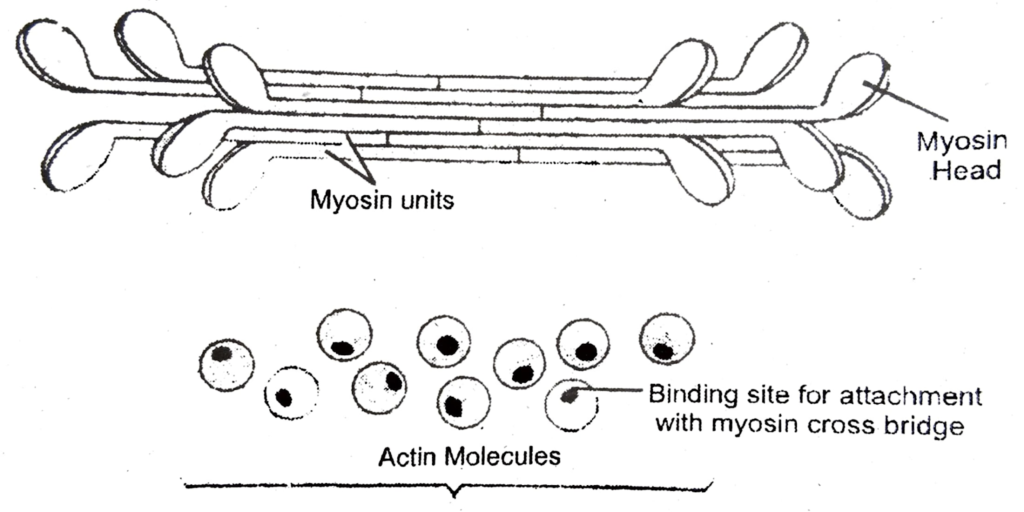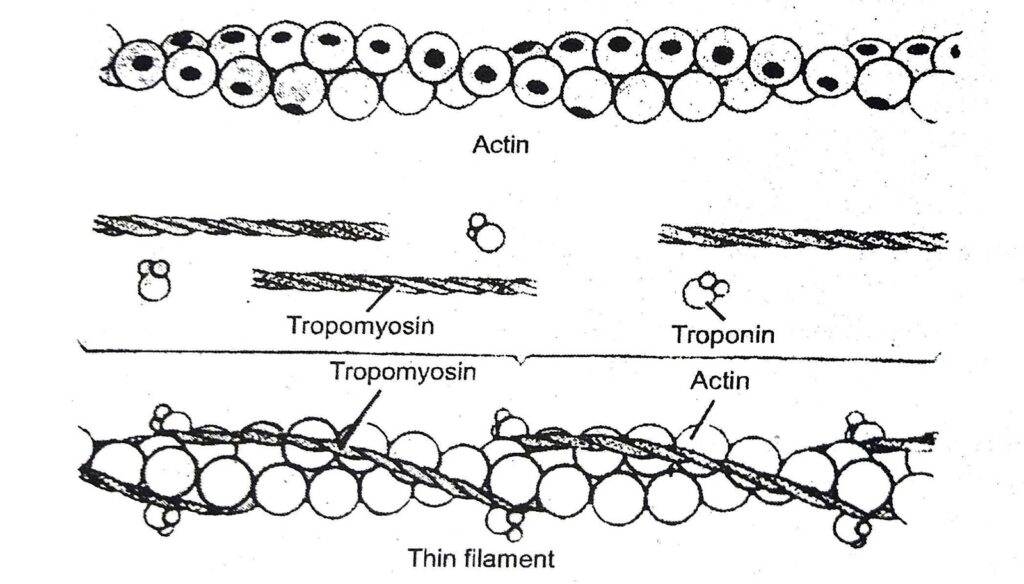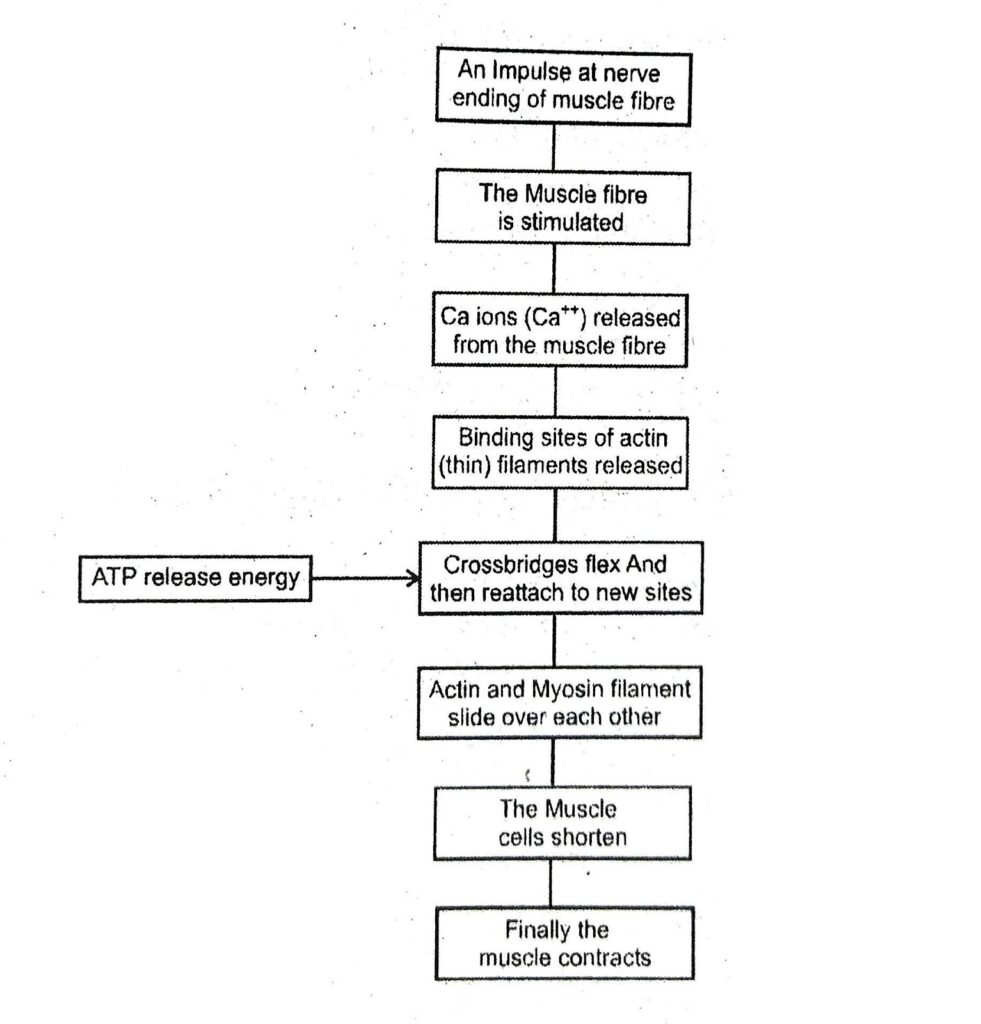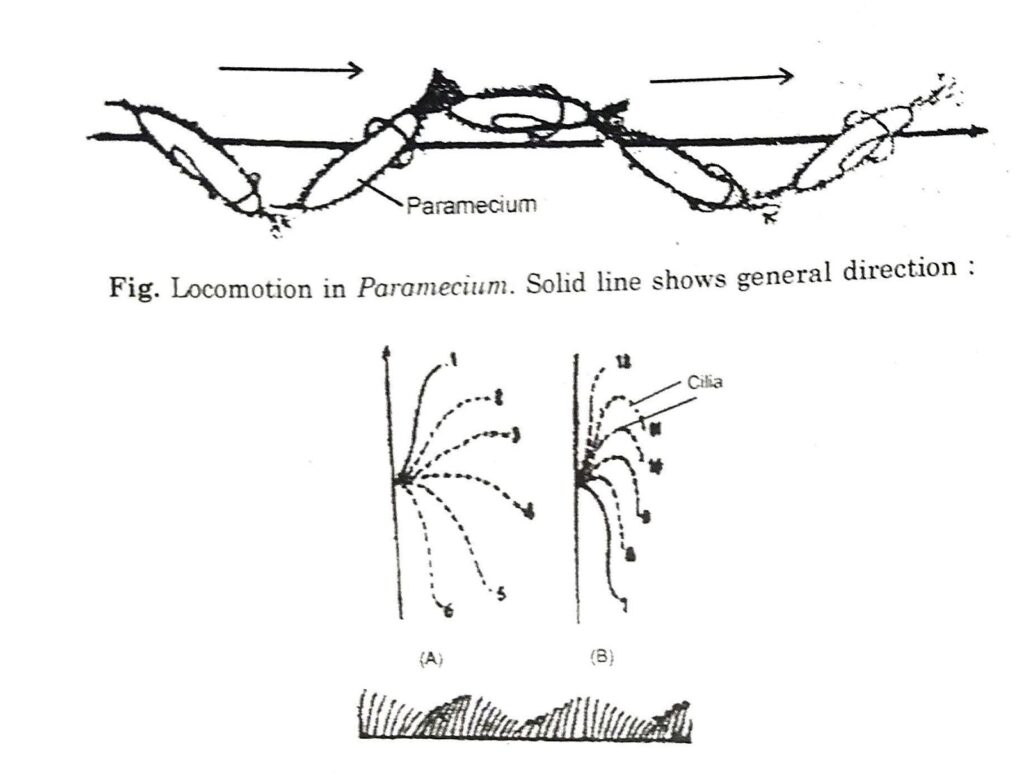NIOS Class 12 Biology Chapter 16 Locomotion and Movement Solutions to each chapter is provided in the list so that you can easily browse throughout different chapters NIOS Class 12 Biology Chapter 16 Locomotion and Movement Notes and select need one. NIOS Class 12 Biology Chapter 16 Locomotion and Movement Question Answers Download PDF. NIOS Study Material of Class 12 Biology Notes Paper 314.
NIOS Class 12 Biology Chapter 16 Locomotion and Movement
Also, you can read the NIOS book online in these sections Solutions by Expert Teachers as per National Institute of Open Schooling (NIOS) Book guidelines. These solutions are part of NIOS All Subject Solutions. Here we have given NIOS Class 12 Biology Chapter 16 Locomotion and Movement Solutions, NIOS Senior Secondary Course Biology Solutions for All Chapter, You can practice these here.
Locomotion and Movement
Chapter: 16
MODULE – II: FORM AND FUNCTION OF PLANTS AND ANIMALS
NIOS TEXTBOOK QUESTIONS ANSWERS
INTEXT QUESTIONS 16.1
1. What would you call the following as – movement (M) or locomotion (L)?
(i) The elephant uses its trunks to pick up sticks.
Ans: (M).
(ii) The cow uses its tail to drive away flies.
Ans: (M).
(iii) A mouse runs into a hole.
Ans: (L).
(iv) The bees leave their hive in search of pollen.
Ans: (L).
(v) Johan kicks the football into the goal.
Ans: (M).
(vi) The cat jumps on to the window.
Ans: (L).
INTEXT QUESTIONS 16.2
1. State the similarity in internal structure between a cilium and a flagellum as learnt in lesson 4 of your text book?
Ans: Both cilium and flagellum are made of microtubules arranged in a similar manner.
2. What is an effective stroke? Which stroke is called the recovery stroke as depicted during ciliary movement!
Ans: (i) Fast Stroke = The cilium beats to move ahead.
(ii) Recovery Stroke = The cilium benisrack to original position.
3. State the difference between flagella and cilia with regard to location and number.
Ans: Differences between Cilia and Flagella:
| Basis | Cilia | Flagella |
| (i) Location | Cilia the all over body. | Flagella lies at anterior or posterior end. |
| (ii) Number | The cilia may be many. | Flagella may be one or two. |
INTEXT QUESTIONS 16.3
1. Name the structure that connects (i) a bone to another bone (ii) muscle to bone. Which type of tissue are these?
Ans: (i) Ligament.
(ii) Tendon.
These are connective tissues.
2. Why is muscle cell also called muscle fibre?
Ans: Due to its elongated structure, muscle cell is called muscle fibre.
3. Why is the mechanism of muscle contraction called ‘sliding movement’?
Ans: As the thick and the thin myofilaments slide over each other and hence cause muscle contraction.
4. What is the chemical composition of myofilaments.
Ans: Protein is main component of the myofilaments.
5. In a muscle, where can you find the following? Myofilaments, muscle fibres.
Ans: (i) The myofilaments occur in muscle fibre.
(ii) The muscle fibres occur in muscle tissue.
INTEXT QUESTIONS 16.4
1. Name an animal with endoskeleton and one with exoskeleton.
Ans: Humans have endoskeleton.
Drawn has exoskeleton.
Molluarea have shells (exoskeleton).
2. Name main parts of skeleton and mention their functions.
Ans: Two parts of skeleton are:
(i) axial.
(ii) appendicular skeleton.
Functions of Skeleton:
(i) Support.
(ii) Ptotection to internal organs of body.
(iii) Locomotion & the movement.
(iv) Blood cells synthesis occur in bone marrow, Skeleton gives shape to body.
3. Name any two disorders of the musculo-skeletal system which are hereditary.
Ans: Two Disorders are:
(i) Myaesthenia gravis.
(ii) Muscular dystrophy.
4. What causes osteoporesis and gout?
Ans: Osteoporosis: It is caused by lack of calcium in body.
Gout: It is caused by high level of uric acid in blood.
5. Which limbs are supported by which girdles and which kind of muscles are attached to the limb skeleton?
Ans: (i) Pectoral girdle supports fore limbs.
(ii) Pelvic girdle support hind limb.
Striped or striated muscles remain attached to limb skeleton.
TERMINAL EXERCISES
1. Distinguish between the following pairs of terms:
(i) movement and locomotion.
Ans: Difference Between Movement & Locomotion:
| Sl. No | Movement | Locomotion |
| 1 | Some parts of body move e.g., plants leaves move. | In it entire body of an animal moves and cover a distance e.g., Protozoan animals. |
| 2 | e.g. geotropism photoprism. | e.g., Bacteria protoctista move by flagella and cilia. |
| 3 | Cytoplasm shows streaming Movements. | In includes flying, running jumping etc. |
(ii) thick and thin myofilaments.
Ans: Difference Between Thick And Thin Filaments:
| S.No | Thick Filaments | Thin Filaments |
| 1 | It is made of Myosin protein. | It is made of Actin protein. |
| 2 | Contractile Proteins. | Contractile Proteins. |


Fig. Structure of myosin and actin filaments.
(iii) tendon and ligament.
Ans: Difference Between Tendon and Ligament:
| S. No | Tendon | Ligament |
| 1 | It is formed of white fibrous connective tissue. | It is formed of yellow fibrous tissue. |
| 2 | Fibroblasts are arranged in rows between the bundles of white fibres. | Fibroblasts are scattered in matrix. It is a band of tissue that joins 2 bones together. |
| 3 | It is tough and non-flexible tissue. | It is elastic and flexible. |
| 4 | It joins muscle to bones. | It joins bones together. |
(iv) cilia and flagella.
Ans: Difference Between Cilia And Flagella:
| S.No | Cilia | Flagella |
| 1 | More in number. | Few in number may be 1 or 2. |
| 2 | e.g., Paramecium protozoan. | Englena (protozoan). |
| 3 | Comparatively small beat starts with fast stroke, ends in recovery stroke. | Long whip like organelle made of micro-tubules. |
(v) tropic and nastic movement.
Ans: Difference Between Tropic And Nartic Movements:
| S. No | Tropic Movement | Nastic Movement |
| 1 | Movement occurs in response to external stimuli e.g., light and gravity. | Induced by stimuli e.g., contact |
| 2 | Geotropism- Stimulus is gravity | Flowers of Partulace bloom in daytime stimulus is day length. |
| 3 | Plant remain fixed but its parts move in response to a stimulus. | Direction of the movement of an organ remain fixed; stimulus can came from any direction. |
2. Enlist the steps in muscle contraction as explained by sliding filament theory.
Ans: A brief summary of events of muscle contraction:

Fig. Steps of muscle contraction based on sliding filament theory.
3. How does Paramecium swim in water?
Ans: Paramecium: Cilia beat ® start with fast stroke in one direction ® Effective stroke ® it bends back ® returns to its original pisetion ® IInd stroke is called Recovery stroke ® water is propelled to ciliated surface now.

Fig. (a) Effective stroke of a cilium, (b) Recovery stroke of a cilium, (c) Metachronous wavy movement of a row of Cilia.
4. Answer in one word or sentence.
(i) What is the shape of actin molecule?
Ans: Globular.
(ii) What is the chemical nature of troponin and tropomyosin?
Ans: Proteins.
(iii) What is meant by recovery stroke of cilia?
Ans: Cilia returns to original position after bending.
(iv) Give an example each of geotropism and phototropism.
Ans: Geotroprism. Roots enter in soil.
Phototropism. Shoot moves away from soil.
(v) Why do we say that vertebrate muscle contraction is energy dependent?
Ans: Since ATP is needed for it.

Hi! my Name is Parimal Roy. I have completed my Bachelor’s degree in Philosophy (B.A.) from Silapathar General College. Currently, I am working as an HR Manager at Dev Library. It is a website that provides study materials for students from Class 3 to 12, including SCERT and NCERT notes. It also offers resources for BA, B.Com, B.Sc, and Computer Science, along with postgraduate notes. Besides study materials, the website has novels, eBooks, health and finance articles, biographies, quotes, and more.



